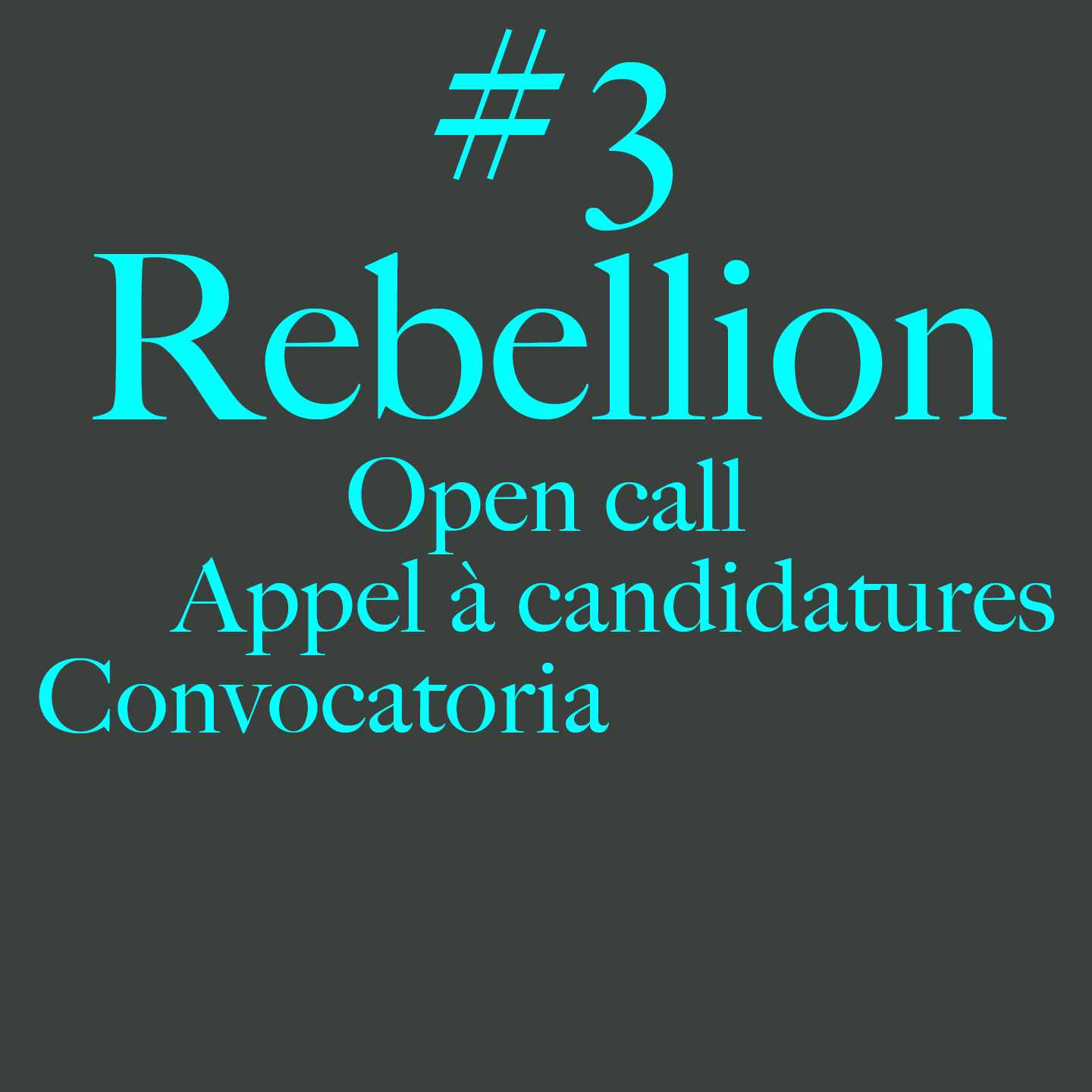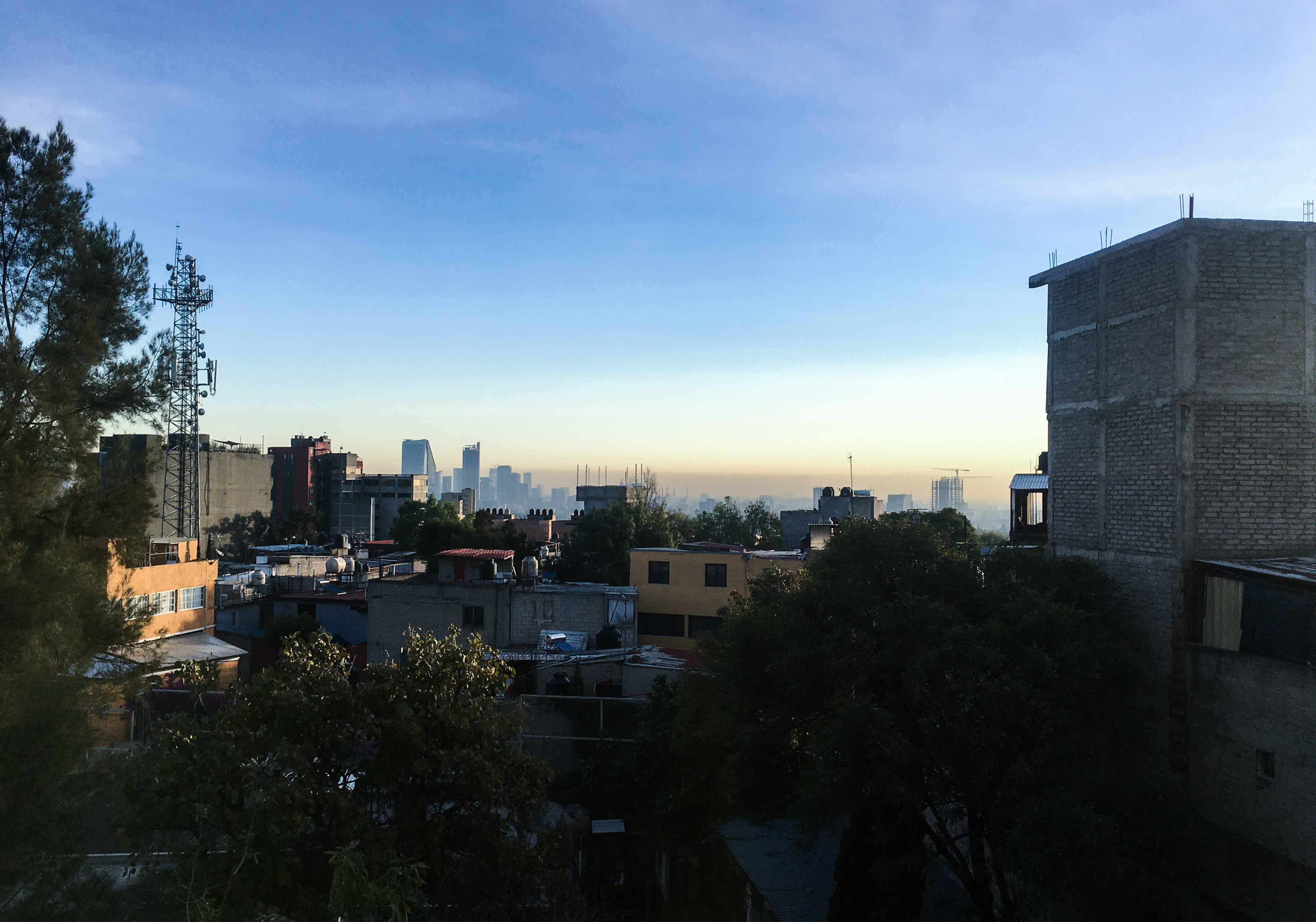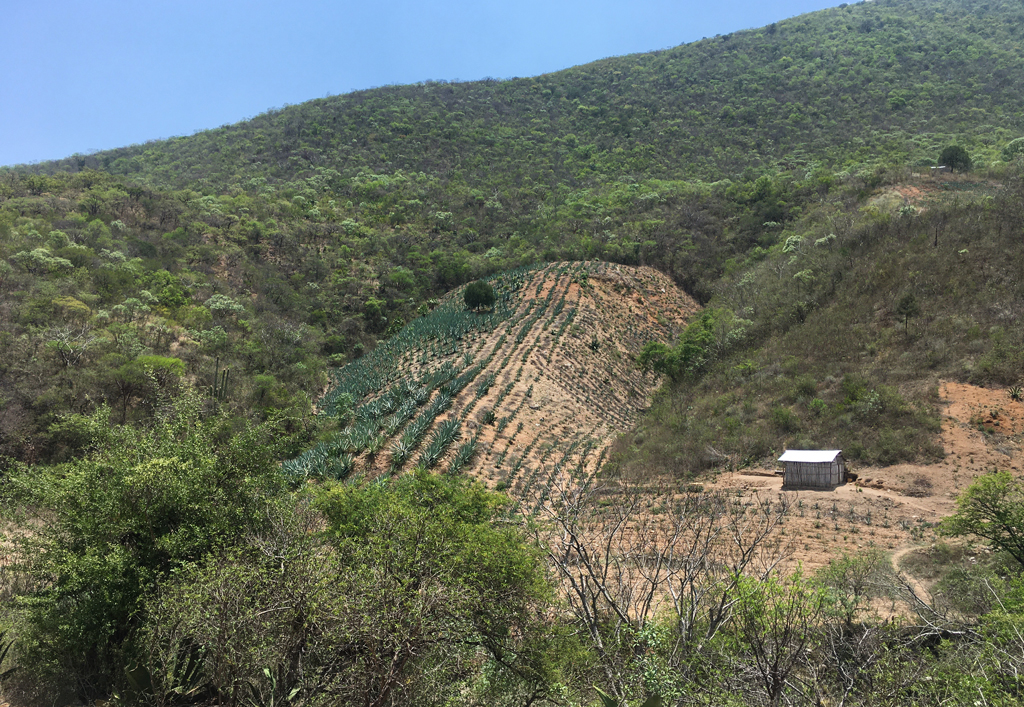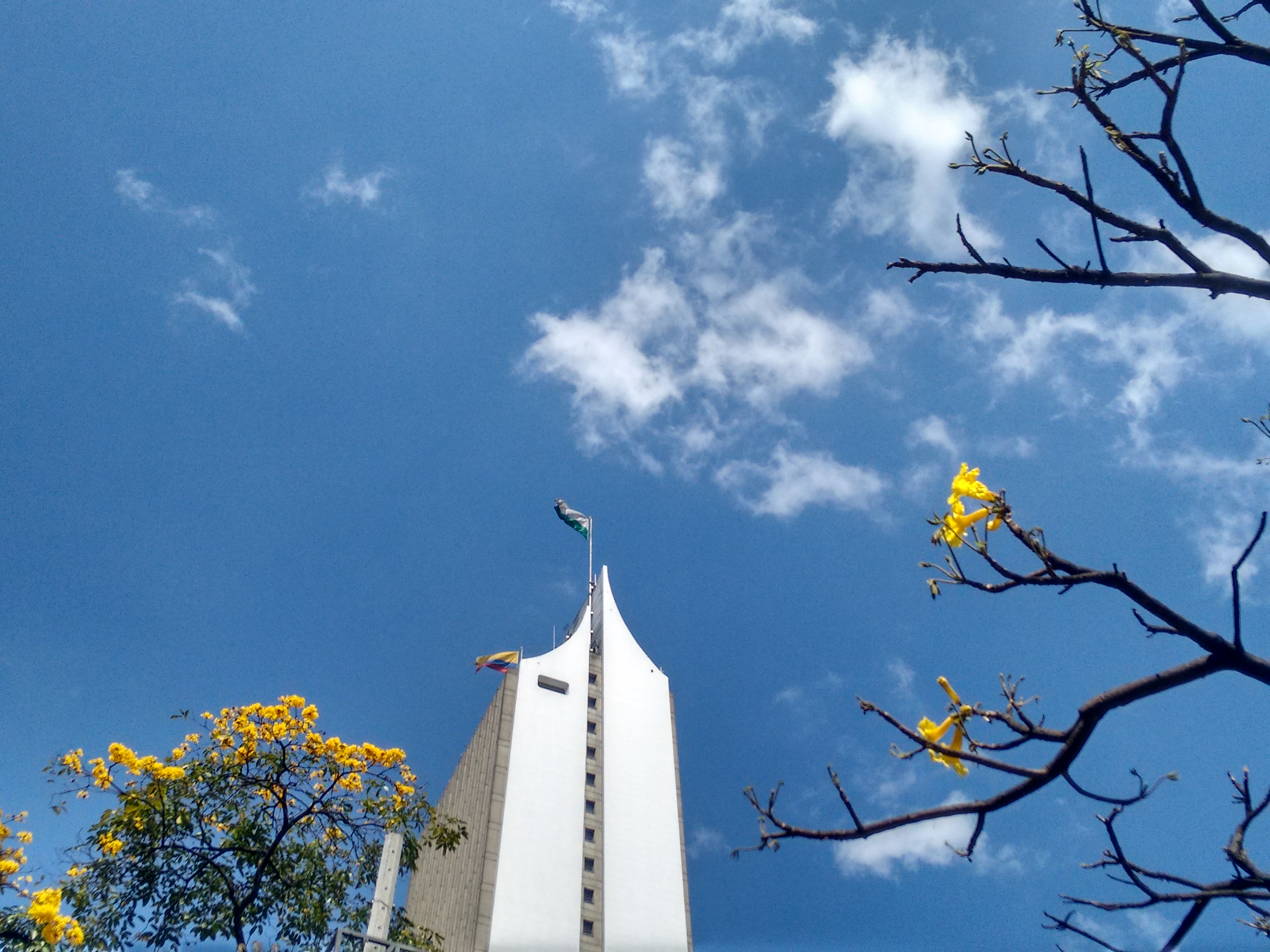Between More of Us / Blog

The contemplation of beauty: an action for climate justice
How do you convince someone of an idea, how do you tell the world what it should pay attention to? Sometimes words are not enough, sometimes speeches are transient, that is, they have an impact for a moment and then disappear, even those that are apocalyptic do not seem to achieve the desired effect: that of generating fear so that people act on it.
Climate JusticeThis is also the case with images, although there are still those who argue that images are worth more than all the words in the world. In her book Regarding the Pain of Others, Susan Sontag says that, for example, the long exposure of individuals to war photographs generates a narcotising effect, in other words, the horror that they arouse, as a type of powerful emotion, can repel but also generate the perception of the impossibility of action to change the situation. The point is that this sensation can lead to an attitude of apathy and cynicism on the part of the spectators. Perhaps something similar happens with images that show the consequences of our predatory actions on planet earth; images that have become a spectacle to be seen through a screen. A long list of catastrophes is being forgotten.
“The whole life of societies where modern conditions of production manifests itself as an immense accumulation of spectacles. Everything that used to be experienced directly is now removed in a representation”, says Guy Debord. Thus, amidst all that is susceptible of becoming a spectacle, the question will keep coming up: how to tell the world what it should pay attention to? And besides paying attention, how can this lead to action, to the struggle for climate justice, for example, to a way out of this apathy towards the planet. So the search for other ways becomes necessary, and one of them is the one that does highlight the beauty that is still there, not the destruction. Returning to this contemplation not of horror but of beauty could also act as a reminder or a mobilising agent in the face of something that we don’t want to lose.
For years, the Brazilian photographer Sebastião Salgado travelled the five continents documenting international conflicts, famines and migrations, resulting in widely awarded and outstanding works that left him exhausted and ill, having submerged himself in the “heart of darkness”. After seeing and exposing all the cruelty, this artist decided to take another look at the world, hence the Genesis project was born, in which he wanted to show “the dignity, the beauty of life in all its facets—as he mentions. And the fact that we all share the same origin”.
This last project (and all the other accumulated experience, of course) came hand in hand with the implementation of an idea that his wife, Lélia Wanick, proposed to him: to reforest with 2.5 million trees of native rainforest varieties on the land of Salgado’s parents, which had previously been fertile and, by the time they both set about this task, had been razed to the ground. Thus they created Brazil’s first Private Natural Heritage Reserve (RPPN), driven by the spectacle (not of destruction but of beauty) of recreating the cycle of life, for as he says: “perhaps we can come to understand a little of the concept of eternity when we look at the sapling of a tree thinking that it will reach its fullness in four hundred years”.
Drawing attention to the beautiful and the possibility that it may be gone has also been one of the ways found by some climate change activists who, over the course of 2022, “attacked” prominent works of art to draw attention to global warming. Monet, Da Vinci, Van Gogh were seen with mash, tomato paste or glue. The action made an impact, no doubt, and the response to the reason for the attacks was powerful. “Monet loved nature and captured its unique and fragile beauty in his works. How can it be that so many people are more afraid of these reproductions of reality being damaged than of the destruction of our own world, whose magic Monet admired so much (…): When we go to war over food and water, there will be no time to admire art!”—the organisation Last Generation said.
The spectacle (because perhaps it still is) is different, here the aim is to turn our gaze on the beautiful in order to reflect on the pain of losing it for a moment. It cannot be said that this strategy works much more than that of exposing deforested land, or the floods that cover entire villages; nevertheless, it is another important avenue that can mobilise and call to action as, in a way, happened to Sebastião Salgado. The full story can be seen in Win Wenders’ documentary The Salt of the Earth (2014).
Here, then, there is no appeal to utility and perhaps it seems superficial, within the problem, to talk about aesthetics, but this word is inexorably linked to ethics, and can contribute other perspectives that mobilise sensitivity, an aspect no less important than that of rationality for what we are as humans.
So here are some images of the beauty of nature, as a reminder, as a space for contemplation and for the desire to do our best not to lose it:
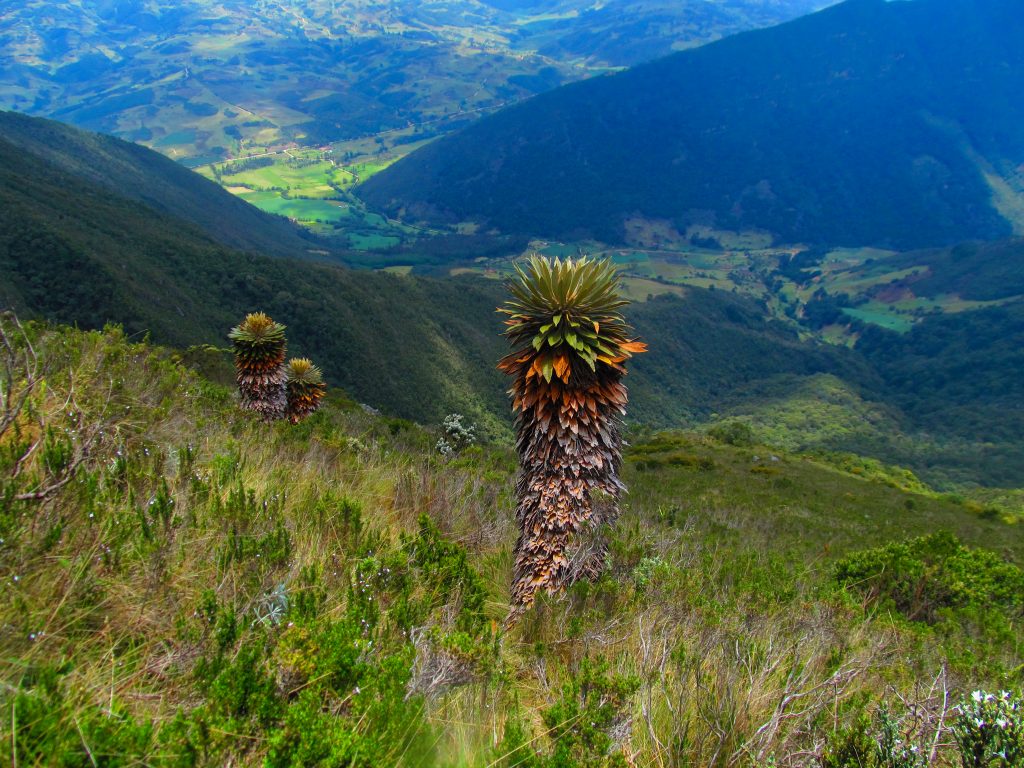
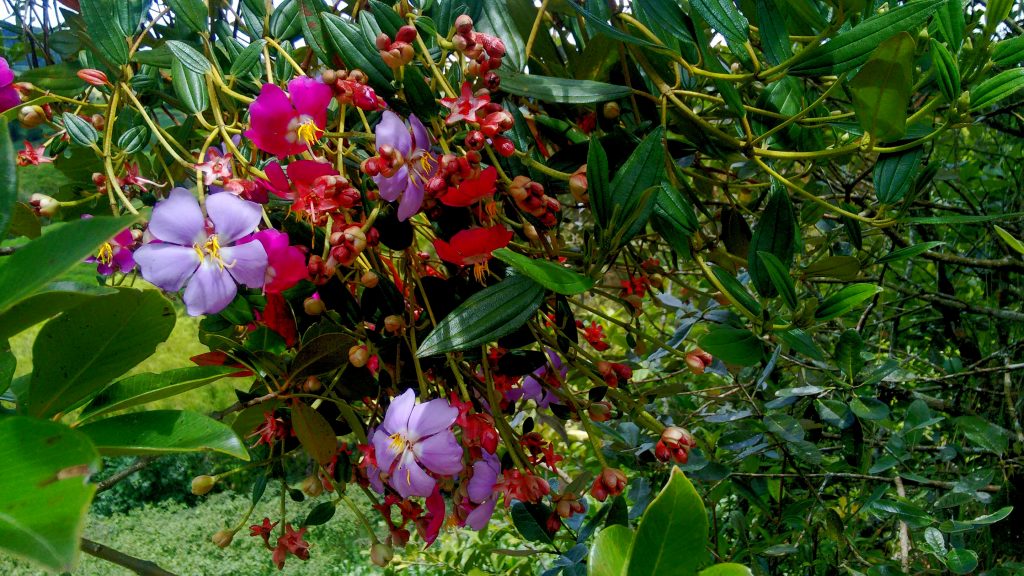
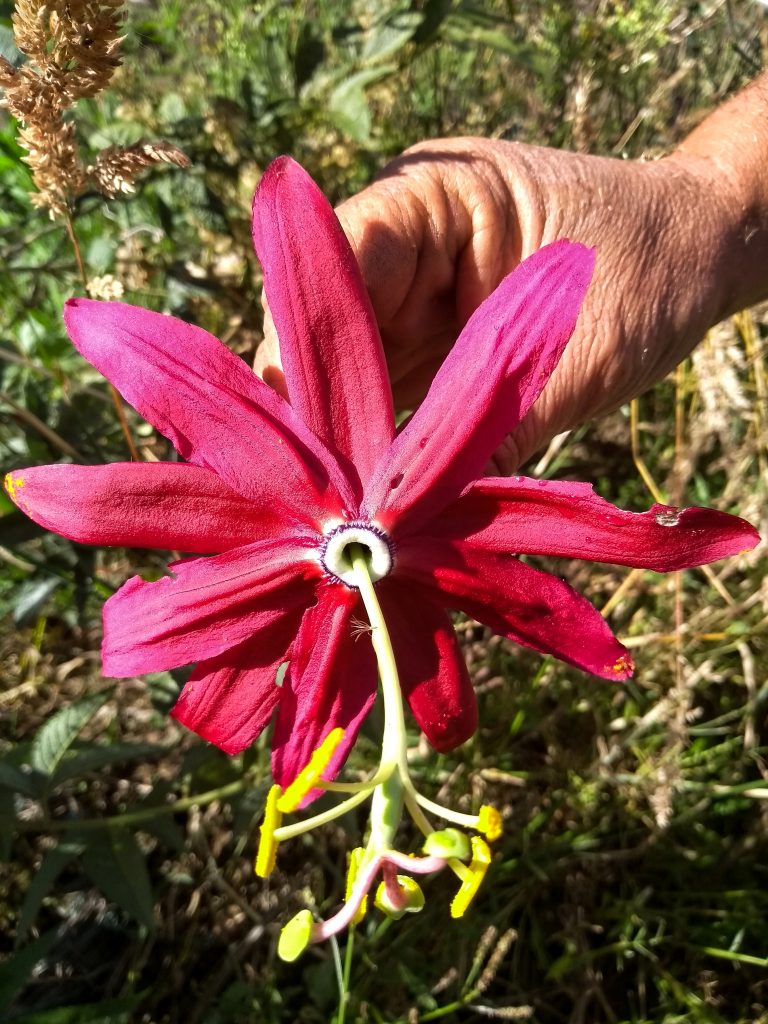
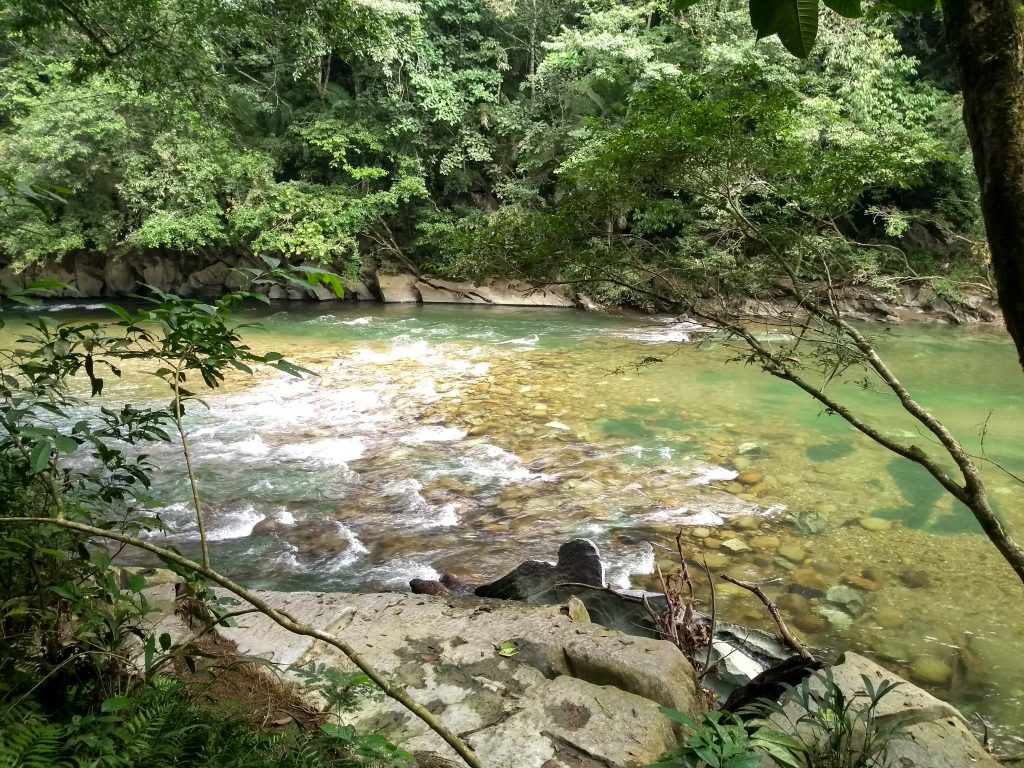
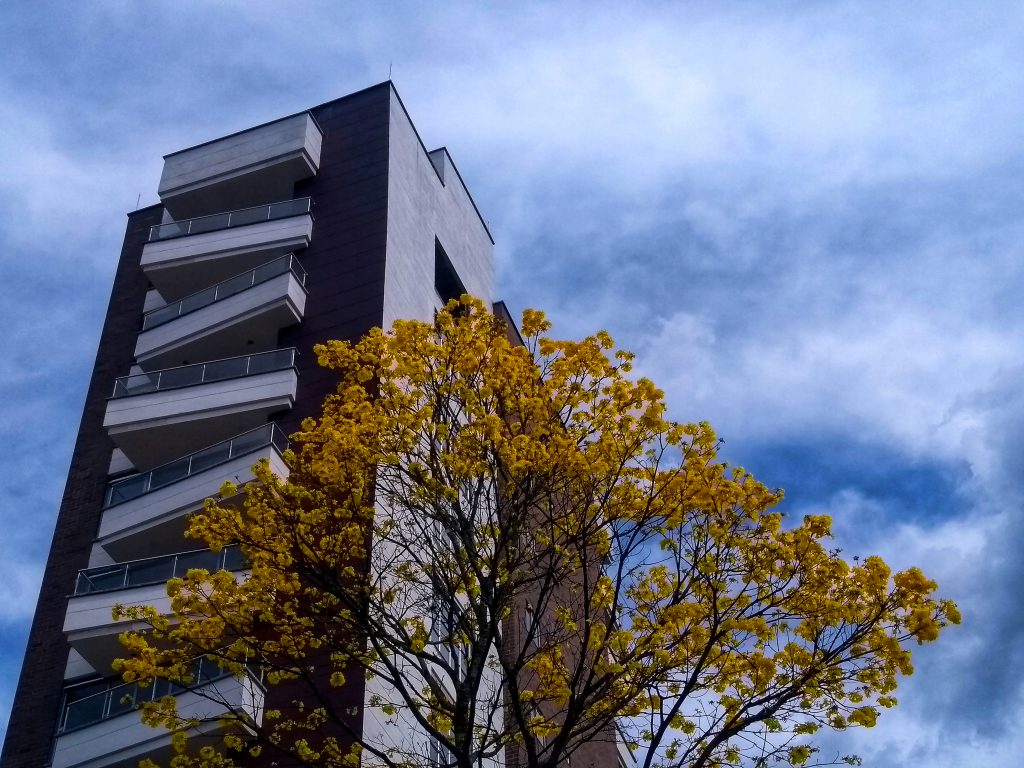
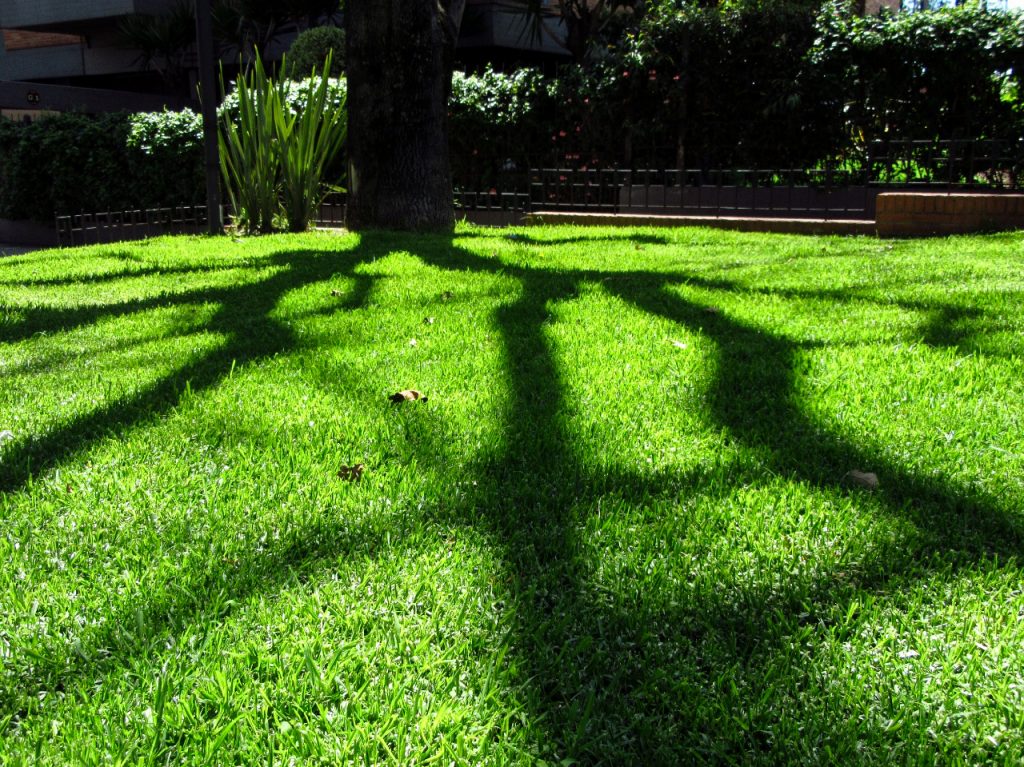
All images by Carolina Campuzano.

